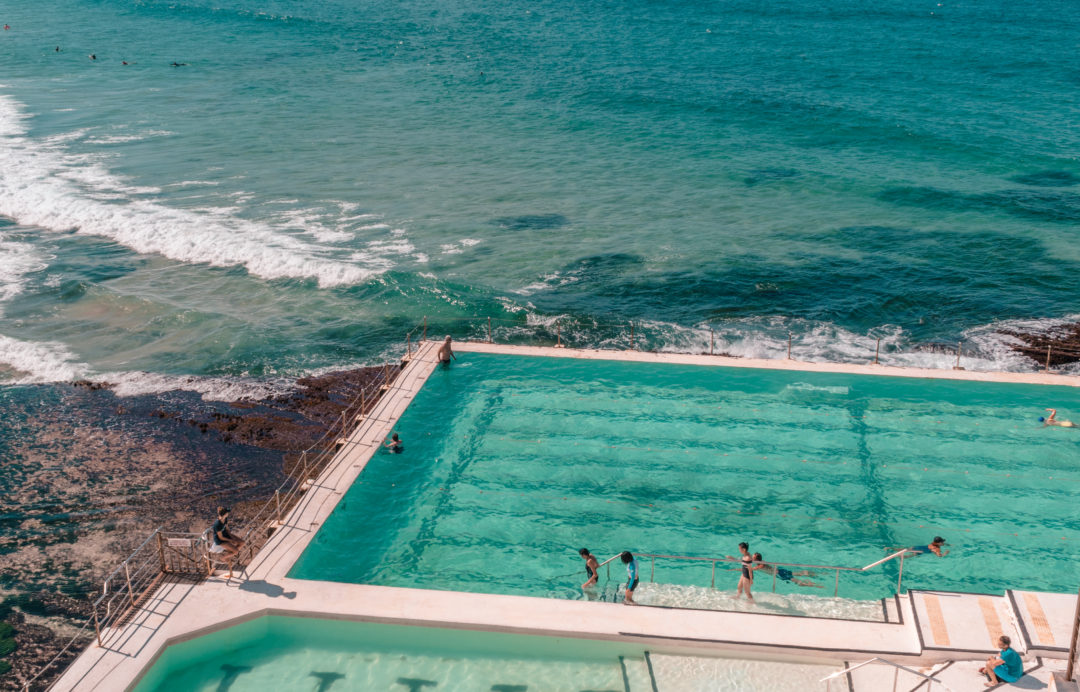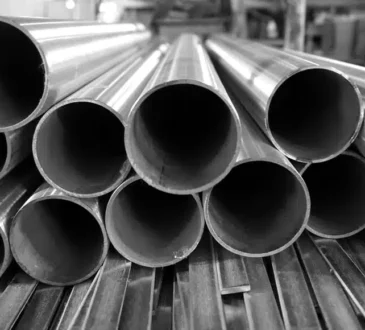
Drinking water is an essential worldwide resource, and it’s crucial to maintain a high standard to ensure it’s free from pollutants and harsh chemicals. After the 1990 water pollution scandals, clearwater management korea has prioritized the development of water that’s clean and fit for human consumption.
Over the past years, there have been remedies and resolutions to guarantee a sustainable state of water clarity in Korea. There are water quality monitoring stations, expanded sources of drinkable water, and other solutions. Let’s discuss these further.
Korean Water Quality Monitoring Stations
There are currently almost 1,500 water quality monitoring stations running throughout the country; 697 for rivers, 474 for agricultural areas, 185 for marshes and lakes, and 120 for other sites. There are mainly 49 automatic functioning monitoring stations. The water quality monitoring measures five everyday considerations like Dissolved Oxygen (DO), Total Organic Carbon (TOC), power of Hydrogen (pH), Volatile Organic Compounds (VOC), and other optional items.
Monitoring stations evaluated water quality by measuring 20 items at 2,499 stations bi-annually. As a result of the 2007 groundwater quality study, 299 (6.3%) did not meet water quality standards. It has improved but has been rising over the past five years from 3.6% (2003) to 5.4% (2004), 4.8% (2005), and 6.3% (2006). Clearwater management Korea believes they plan to expand to more areas as soon as water quality improves.
Drinking-Water Sources
The challenge is almost as remarkable for Korea’s lakes, mostly artificial reservoirs that supply water for irrigation, domestic, and industrial uses. The 2005 water quality targets the four most important drinking water sources: the Juam, Mulguem, Paldang, and Daechong reservoirs.
Eutrophication of those drinking water sources also presents the following problems:
- Two of the 49 graded lakes are hypertrophic.
- Eleven are rich in nutrients or eutrophic.
- Thirty-three contains medium levels of nutrients or mesotrophic.
- Three of those mesotrophic are almost oligotrophic.
Coastal Water Quality
One of the most natural water sources is coastal water, parts of the ocean nearest to the land. The measurement starts when the breakers hit the beach shore and then stretch seaward to 100 nautical miles (approximately 115 miles or 185 km), including harbors, inlets, bays, or coves.
Korea categorized coastal water quality into the three following classes:
- Class I – highest grade. 35% of the coast complies with this standard.
- Class II – medium grade. 55% of the coast complies with this standard.
- Class III – lowest grade. 10% of the coast complies with this standard.
Decomposing algae or red tides due to agricultural and other sources of nutrient pollution poses a considerable threat and economic cost to aquaculture and fisheries. The Maritime Affairs and Fisheries Ministry formulated the National Marine Environment Preservation Plan to maintain and restore coastal water quality targeting five severely affected class III areas. Those designated as “Specially Managed Seas” under the Marine Pollution Prevention Act in 2000 include the Incheon-Sihwa area near Seoul and Masan-Chinhae Bay on the south coast. The ministry selected four other locations as Environment Preservation Seas the same year to preserve their Class I condition.
Conclusion
In 2022, with all the urbanization and global warming, there will be more focus on clean water in the coming years. Clearwater management Korea provides drinkable water with the highest compliance to updated and best safety practices.




